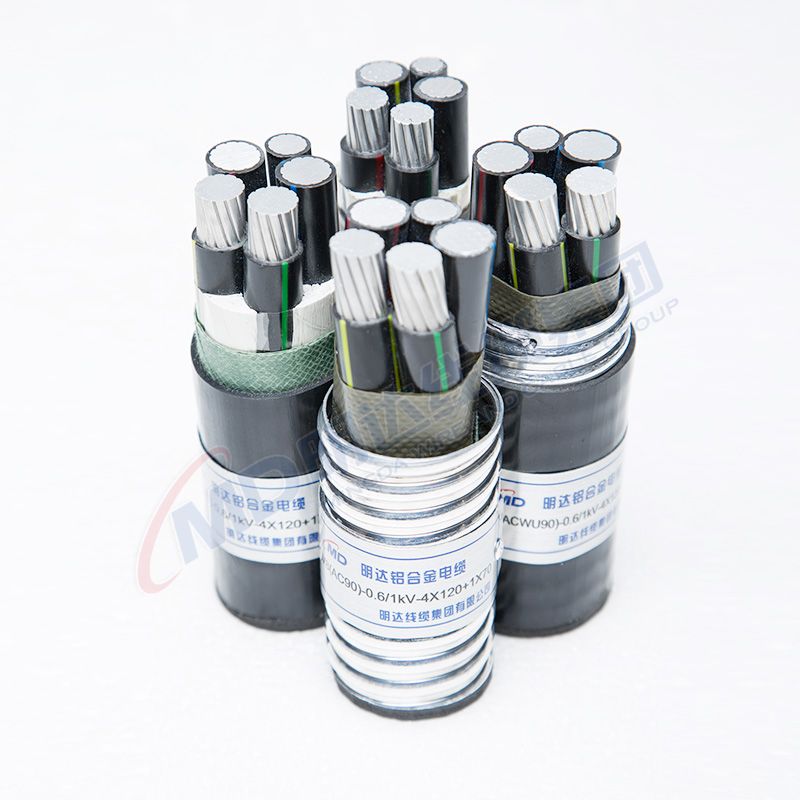دسمبر . 17, 2024 02:00 Back to list
6 inch ball valve
Understanding the 6-Inch Ball Valve A Comprehensive Overview
When it comes to fluid control systems in various industrial applications, valves play a crucial role in managing the flow of liquids and gases. Among the different types of valves, the ball valve stands out for its efficiency, durability, and versatility. This article will focus on the 6-inch ball valve, exploring its features, applications, advantages, and maintenance.
What is a Ball Valve?
A ball valve is a quarter-turn valve that uses a spherical disc, known as a ball, to control the flow of a fluid. The ball has a hole or port through which the fluid passes when the valve is open. When the valve is closed, the ball rotates 90 degrees to block the flow. Ball valves are favored for their simple design, quick operation, and reliability under various conditions.
The 6-Inch Size Specification
The 6-inch designation refers to the diameter of the valve's inlet and outlet ports. This size is commonly used in industrial applications where a significant volume of fluid needs to be controlled. The 6-inch ball valve can handle both high flow rates and high-pressure environments, making it suitable for various sectors, including water treatment, oil and gas, chemical manufacturing, and HVAC systems.
Features of 6-Inch Ball Valves
1. Material Construction 6-inch ball valves are typically made from materials such as stainless steel, carbon steel, or PVC, depending on the fluid being controlled and environmental conditions. Stainless steel valves are widely used for corrosive fluids, while PVC valves are used for less aggressive environments.
2. Sealing Mechanisms The ball valve's design allows for tight sealing, which minimizes leakage. The seals are commonly made from elastomers or Teflon, providing excellent resistance to wear and tear.
3. Actuation Options These valves can be manually operated or automated using pneumatic or electric actuators. Automated ball valves enhance efficiency in processes that require remote control or integration with control systems.
4. Pressure Ratings A 6-inch ball valve typically comes with various pressure ratings to accommodate different system requirements, from ANSI class 150 to class 300 and beyond.
Applications of 6-Inch Ball Valves
6 inch ball valve

The versatility of 6-inch ball valves makes them suitable for a wide range of applications
. Some common uses include- Water Supply and Treatment Managing water flow in municipal systems and treatment plants. - Oil and Gas Controlling the flow of crude oil, natural gas, and their derivatives in pipelines and processing facilities. - Chemical Processing Regulating the movement of chemicals and corrosive substances in manufacturing plants. - HVAC Systems Controlling heating and cooling fluids in large-scale heating, ventilation, and air conditioning systems.
Advantages of Using a 6-Inch Ball Valve
1. Efficiency The quarter-turn operation of ball valves allows for quick opening and closing, which can be critical in emergency situations.
2. Minimal Pressure Drop The ball valve design provides a straight-through flow path, resulting in minimal pressure loss compared to other valve types.
3. Durability With fewer moving parts and a simple design, 6-inch ball valves exhibit high durability, requiring less maintenance over their operational lifespan.
4. Versatile Applications Their ability to handle varying pressures and temperatures, along with compatibility with a wide range of fluids, makes them a go-to option in many industries.
Maintenance Considerations
While ball valves are known for their durability, regular maintenance is key to ensuring their performance. Inspection of seals and replacement when necessary can prevent leaks. Additionally, keeping the valve clean and free from debris is essential for proper operation. For automated valves, checking the actuator and controlling system regularly is also important to ensure reliability.
Conclusion
The 6-inch ball valve is a fundamental component in fluid control systems across various industries. Its efficiency, durability, and adaptability make it an ideal choice for managing flow in settings ranging from municipal water systems to complex chemical processing plants. Understanding the nuances of these valves can help operators make informed decisions regarding their use and maintenance, ultimately leading to enhanced operational efficiency and safety.
Share
-
Reliable Wafer Type Butterfly Valves for Every IndustryNewsJul.25,2025
-
Reliable Flow Control Begins with the Right Ball Check ValveNewsJul.25,2025
-
Precision Flow Control Starts with Quality ValvesNewsJul.25,2025
-
Industrial Flow Control ReliabilityNewsJul.25,2025
-
Engineered for Efficiency Gate Valves That Power Industrial PerformanceNewsJul.25,2025
-
Empowering Infrastructure Through Quality ManufacturingNewsJul.25,2025